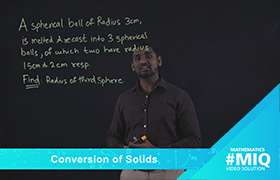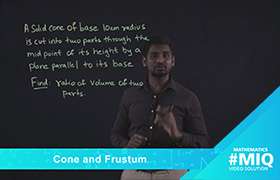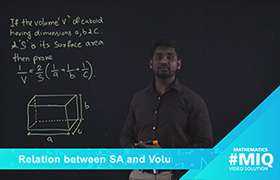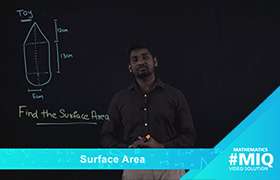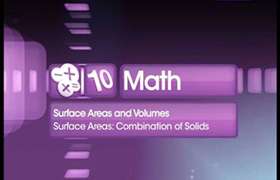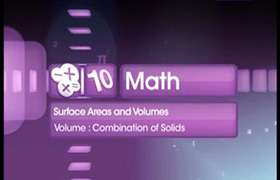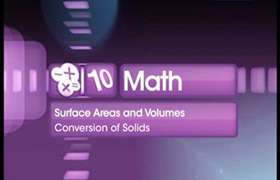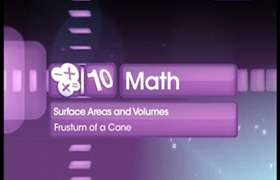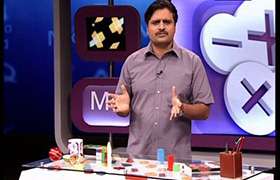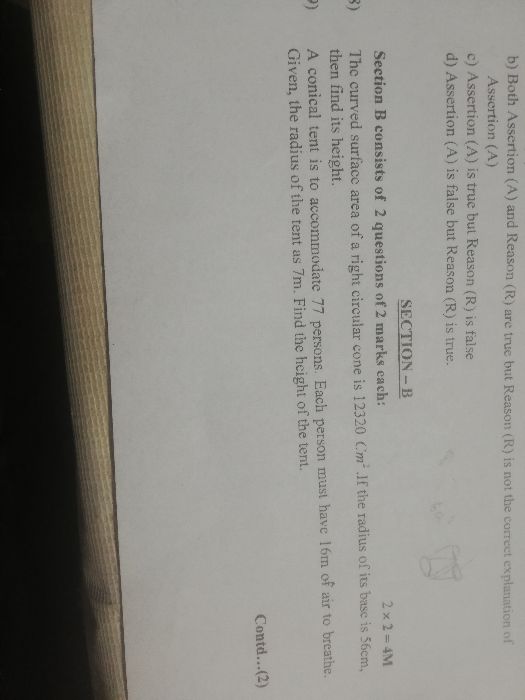CBSE Class 10 Answered
Easy way to memorise the formulaes and conversions.
Asked by Palak Diwan | 21 Dec, 2013, 11:41: AM
The above figure is the figure described in question no.4 of 13.1 of NCERT X
As you can see from the figure, the base of the hemispehrical part is a circle.
When the hemispherical part is surmounting the cubical part, the circulart part will get hided in the cubical part. Therfore, we are subtracting the area of the circulart part from the total surface area.
Similarly, the following figure describes the problem of question no.5 of 13.1 of NCERT X.
When a hemispherical part cut out from one face of the cubical part, the circulart part will get hided in the cubical part. Therfore, we are subtracting the area of the circulart part from the total surface area.
There is no short cut to memorize formulae. Please read and write the formulae again and again.
Application Videos
Concept Videos
CBSE 10 - Maths
Asked by sagarvarun6535 | 03 Mar, 2024, 09:37: AM
CBSE 10 - Maths
find the height of largest right circular cone that can be cut out of a cube whose volume is 729 cm³
Asked by jogindersingh7065929020 | 20 Jan, 2024, 09:29: PM
CBSE 10 - Maths
Asked by barakaakashgoud | 21 Dec, 2023, 05:16: AM
CBSE 10 - Maths
Asked by ybproduction256 | 27 Nov, 2023, 12:26: AM
CBSE 10 - Maths
Asked by shivalaxmi0205 | 05 Sep, 2023, 06:55: PM
CBSE 10 - Maths
Asked by swetalinasamantaray022 | 21 Mar, 2023, 04:16: PM
CBSE 10 - Maths
Asked by rashmij34 | 18 Mar, 2023, 11:03: PM
CBSE 10 - Maths
Asked by rajsingh94116633 | 04 May, 2022, 10:06: AM
CBSE 10 - Maths
Asked by anitajoshi0912 | 22 Dec, 2021, 09:12: AM

